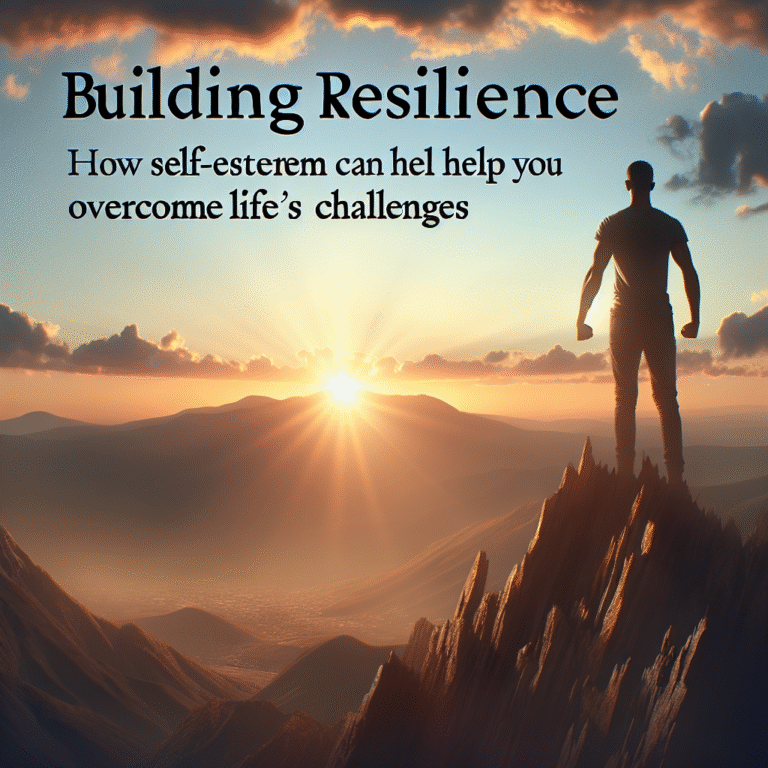
Introduction
Imagine waking up every day, feeling as if you’re carrying a heavy weight on your shoulders, struggling to find motivation in tasks that once excited you. As we navigate the fast-paced demands of modern life, emotional burnout has emerged as a pressing issue, particularly in the 21st century. This phenomenon affects not only our individual well-being but also influences workplace productivity, relationships, and overall mental health. In this article, we will delve into the depths of emotional burnout: a crisis of the 21st century and how to combat it, exploring its causes, effects, and proven strategies to reclaim your emotional vitality.
Understanding Emotional Burnout
What is Emotional Burnout?
Emotional burnout is a state of mental, physical, and emotional exhaustion caused by prolonged and excessive stress. It often manifests through feelings of helplessness, cynicism, and detachment from work and personal relationships. While traditional burnout has typically been discussed in the context of occupational stress, emotional burnout is broader and encompasses various areas of life.
The Underlying Causes
1. Workplace Dynamics
- High Workload: Juggling multiple roles and high expectations can lead to overwhelming stress.
- Lack of Support: Insufficient guidance or support can result in feelings of isolation.
2. Life Transitions
- Major Changes: Events such as divorce, job loss, or moving can impact emotional resilience.
- Chronic Illness: Long-term health challenges can deepen feelings of burnout.
The Impact of Emotional Burnout
On Individuals
- Mental Health Deterioration: Increased anxiety and depression are common.
- Physical Symptoms: Chronic fatigue and insomnia can develop.
On Society
- Workplace Efficiency: Reduced productivity affects organizational performance.
- Economic Cost: Emotional burnout results in higher healthcare costs and employee turnover.
Case Study: The Corporate Executive
Consider Jane, a mid-level corporate executive who once thrived in her role. Over time, her job demands escalated with little acknowledgment from upper management. Despite achieving metrics, Jane felt increasingly detached from her work and found herself dreading Monday mornings. Eventually, she experienced emotional burnout, leading to decreased performance and a desire to leave her job entirely.
Analysis of Jane’s Situation
Jane’s story exemplifies how a lack of support and overwhelming expectations in the workplace can lead to emotional burnout. Not addressing these factors can have severe repercussions, not just for the individual, but for the entire organization.
Strategies to Combat Emotional Burnout
1. Recognizing the Signs
Understanding the early signs of emotional burnout is crucial. These may include:
- Increased irritability
- Persistent fatigue
- Difficulty concentrating
2. Building a Support System
Family and Friends
Having a reliable support network can mitigate feelings of isolation. Sharing experiences with trusted individuals helps in managing stress.
Professional Help
Don’t hesitate to seek counseling. Therapists and life coaches can provide tools to effectively handle stress.
3. Implementing Mindfulness Practices
Table: Mindfulness Techniques
| Technique | Duration | Benefits |
|---|---|---|
| Deep Breathing | 5-10 min | Reduces immediate stress |
| Meditation | 10-20 min | Increases focus and reduces anxiety |
| Journaling | Daily | Organizes thoughts and emotions |
Incorporating mindfulness techniques can enhance emotional resilience. Regular practice fosters a sense of peace that combats emotional burnout.
4. Prioritizing Work-Life Balance
Creating Boundaries
Setting clear boundaries between professional and personal life is essential. Communicate your limits effectively to colleagues and superiors.
Time Management
Adopt efficient time management techniques to ensure a balanced workload without sacrificing personal time.
5. Fostering a Positive Work Environment
Case Study: A Transformative Workplace
A tech startup implemented a four-day workweek to enhance employee satisfaction and reduce emotional burnout. With the addition of wellness programs, employees reported improved morale and productivity.
Analysis of the Workplace Shift
This case illustrates that proactive workplace changes can significantly reduce emotional burnout. Organizations committed to employee well-being not only enhance productivity but also cultivate loyalty.
Conclusion
Emotional burnout: a crisis of the 21st century and how to combat it, requires urgent attention from both individuals and organizations. By recognizing the signs, seeking support, practicing mindfulness, establishing work-life balance, and fostering a positive environment, we can combat this pervasive issue. As we prioritize emotional well-being, we pave the way for a healthier, more fulfilling life.
FAQs
1. What are the signs of emotional burnout?
Common signs include chronic fatigue, irritability, lack of motivation, and difficulty concentrating.
2. How can I prevent emotional burnout?
Establishing boundaries, practicing mindfulness, and maintaining a support system can help prevent emotional burnout.
3. When should I seek professional help?
If feelings of burnout persist and significantly affect your daily life, it’s advisable to consult a mental health professional.
4. Can organizational changes really reduce emotional burnout?
Yes, research shows that fostering a supportive work culture and implementing flexible work arrangements can significantly alleviate burnout.
5. Is emotional burnout different from traditional burnout?
Yes. Emotional burnout encompasses broader aspects of life beyond work-related stress, impacting mental health globally.
By embracing these proven strategies, you can take charge of your emotional well-being and navigate the complexities of modern life. So, let’s tackle emotional burnout together, creating a more positive and productive world for ourselves and those around us.
















